Not all motorists understand the lighting that is “fitted” into the body of the vehicle. When buying another personal car, they rarely pay attention to the headlights – especially when it comes to the secondary market. There will be powerful light – good; no, it’s not that scary. However, as the practice of long-term use of cars shows, headlights play an important role both in the external perception of the vehicle and in the convenience of its regular use. That is why it makes sense to classify external automotive lighting – to disassemble the headlights according to qualitative and quantitative characteristics.
Where exactly are they located on the body of the car
Immediately after buying a car, it is extremely important to figure out what kind of external lighting and where it is located. Why is this needed? Imagine a situation where a warning about an unexpectedly burned out light bulb appeared on the central panel of your car – for example, the front left side light does not work. Where exactly is it located? Good question with no clear answer. You can get it either from the instructions for the vehicle, or by experience. In the latter case, it is enough to turn on the appropriate lighting and look at the headlights visually – if a light bulb should be on, but does not, it needs to be replaced.
Front lighting group:
- front dimensions (daytime running lights or DRLs) – indicate the car in the city and beyond, which is especially important in difficult weather conditions (it is better that such lights are always on on the highway);
- dipped beam – turns on at night and illuminates several meters of the road immediately in front of the car;
- high beam – turns on at night and illuminates the maximum distance in front of the car (it is turned off before oncoming traffic so as not to blind drivers);
- turn signals – yellow, indicate maneuvers to the left and right, turn on simultaneously as an emergency signal.
Rear lighting group:
- rear dimensions (daytime running lights or DRLs) – indicate the car in the city and beyond, which is especially important in difficult weather conditions (they turn on automatically along with the front dimensions);
- turn signals – yellow, indicate maneuvers to the left and right, turn on simultaneously as an emergency signal (duplicate the operation of the front turn signals);
- feet – red, signal the pressing of the brake pedal, slowing down the speed of the vehicle, stopping;
- reverse – a bright lamp that illuminates the space and automatically turns on when you switch to reverse gear;
- number plate backlight – needed for easy reading in low light conditions.
What exactly is the specific light on the body for?
All external light that is used in the car can be divided into primary and secondary. No modern vehicle model can do without the first set. The last manufacturers, in principle, install at their discretion.
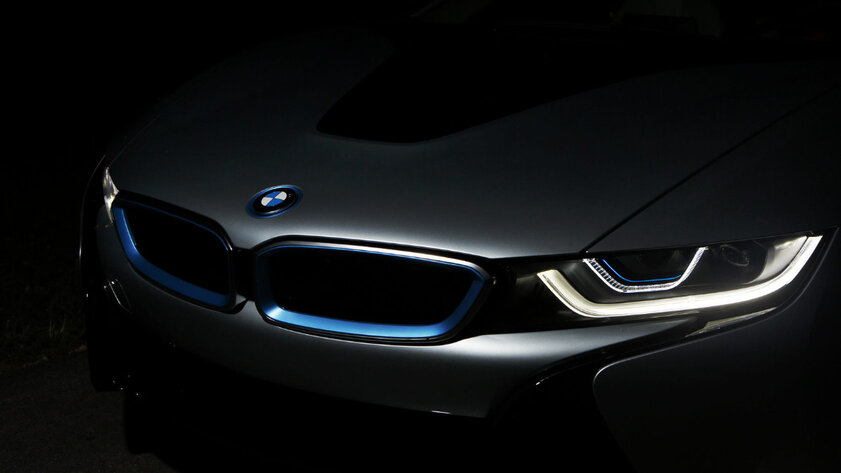
- main light – must be installed on the car.
- Additional light – auxiliary lights, which may include fog lights, turn signal repeaters for mirrors, “shelves” on the roof, and so on.
What light bulbs are used in cars for external lighting
Halogen (incandescent)
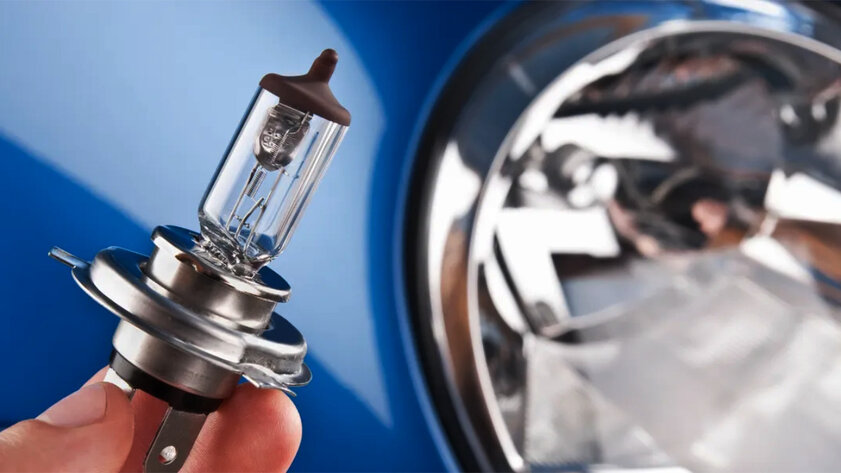
In the optics of most modern cars from the lower and middle price segments, halogen lamps are installed by default. Each of them consists of a base, a transparent bulb, and a tungsten filament. Inside, not a vacuum is used (as in old home light bulbs), but a halogen gas consisting of chlorine, second and bromine – it increases the degree of incandescence and, accordingly, the brightness along with the luminous flux. The technology is easy to implement and affordable in financial terms – in fact, that is why it has become so widespread. A standard halogen lamp has a light temperature of 3200 K, so it is frankly yellow. But there are also options with a colder glow – up to 5000 K.
✅ Pros:
- resistance to vibrations and other mechanical influences;
- low cost;
- ease of operation and replacement.
❌ Minuses:
- relatively short period of use – about 2000 hours;
- low brightness compared to other lamps.
Xenon
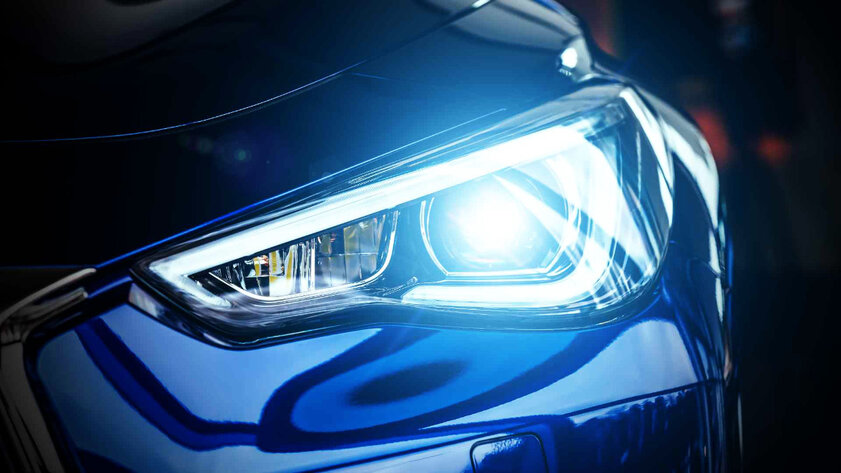
Xenon lamps use a design similar to halogen lamps. The composition of the gas that fills the flask changes – about 70% of xenon is pumped into it. The place of the filament is occupied by a pair of electrodes, and thanks to them, an electric arc occurs. It heats the gas, it begins to glow with a bright white light, close to daytime temperature. To achieve the required voltage on the electric arc, a special ignition unit is used, which is installed behind the headlight. Moreover, it is strictly forbidden to install xenon lamps in conventional optics that use halogen lamps. Their luminous flux must be tightly controlled using lenses.
✅ Pros:
- increased intensity of the glow;
- white shade of light – about 5000 K;
- reduced energy consumption – up to 45% when compared with halogen lamps;
- increased operating time – about 10,000 hours.
❌ Minuses:
- initial high cost of equipment;
- Very cheap bulb replacement.
Light emitting diode (LED)
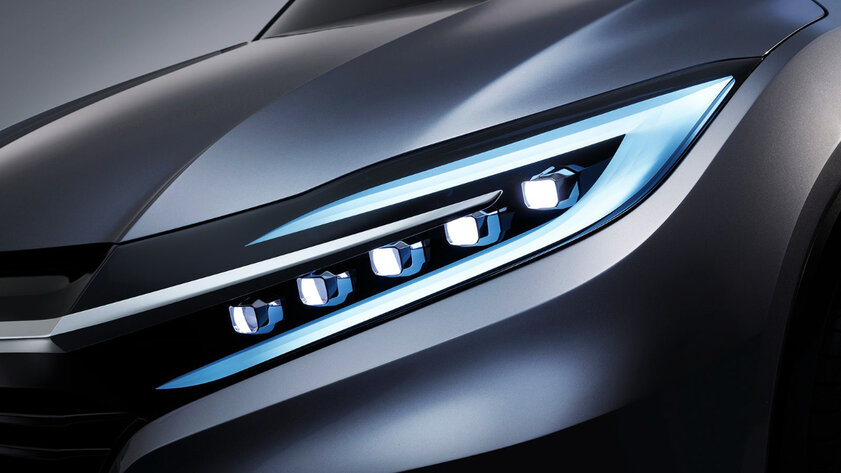
In the recent past, diode lamps were used only inside the car interior. But recently they have been installed in DRLs (with the help of diodes a special light pattern is created that is specific to each vehicle) and even in low and high beam headlights. In constructive terms, these are a special LED block, which is usually installed in an optical lens. However, as practice shows, LED lamps also feel good in reflex optics, which is used by both vehicle manufacturers and motorists.
✅ Pros:
- high light intensity;
- continuous operation – about 10,000 hours;
- white shade of light – about 5000 K;
❌ Minuses:
- high initial cost of the headlight;
- the difficulty of replacing in the headlights of an unusual design – in these you need to change not one light bulb, but the whole diode block.
Laser
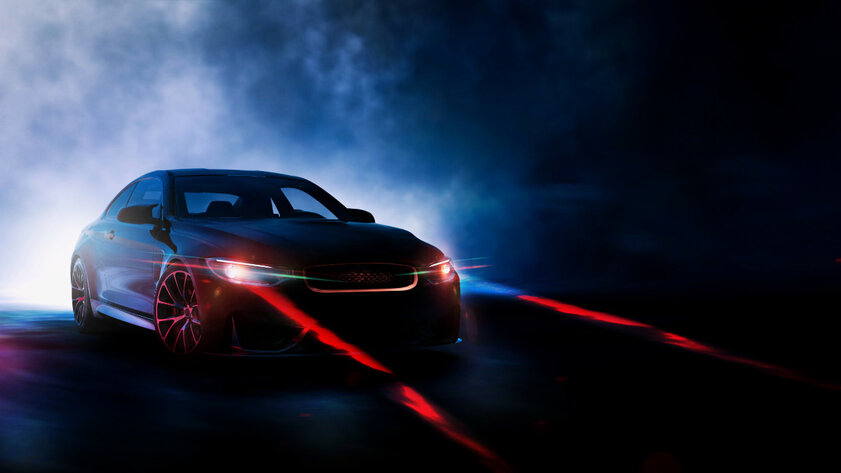
The most modern headlights are considered laser. They are characterized by an extremely high cost of production, as well as further maintenance. That is why today they are used only in premium cars. The main feature of laser headlights is the accuracy of the light flux and the possibility of its flexible control. This makes it possible to literally “cut out” oncoming traffic when using high beams, as well as other objects on the road as needed. To make this possible, special infrared cameras are used.
✅ Pros:
- clear luminous flux with the possibility of flexible control;
- high light intensity;
- white shade of light – about 5500 K.
❌ Minuses:
- extremely high initial cost and complex maintenance.
The design of the front lamps uses special amplifiers
To increase the brightness of the light, as well as to direct the luminous flux in the required direction, several types of so-called “amplifiers” are used in the headlights. First of all, we are talking about reflex reflectors, as well as optical lenses. The former are usually installed with halogen and LED lamps, while the latter are suitable for xenon lamps and LED. As noted above, it is impossible to install xenon in conventional reflectors. In this case, the luminous flux from the headlights will blind oncoming traffic and corny annoy others.
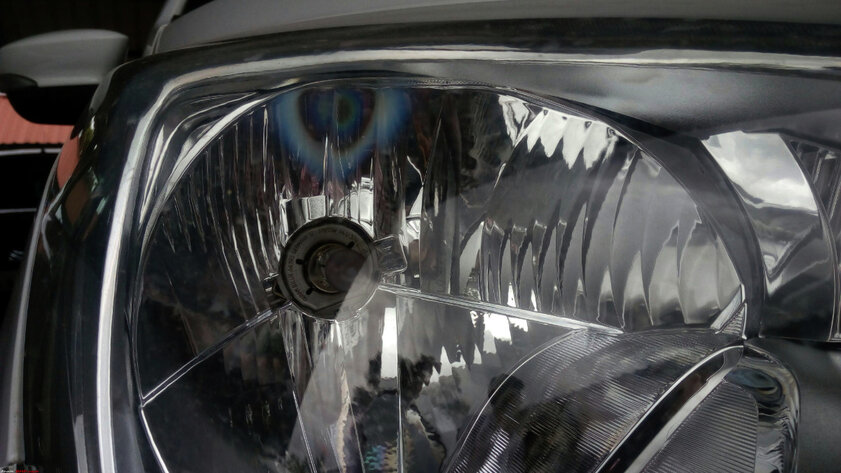
- Reflector reflectors – today they have a rather complex shape, which helps to focus the reflected light on the required section of the road.
- optical lenses – they not only focus the light, but also, if necessary, cut it along a clear border.
Source: Trash Box
Donald-43Westbrook, a distinguished contributor at worldstockmarket, is celebrated for his exceptional prowess in article writing. With a keen eye for detail and a gift for storytelling, Donald crafts engaging and informative content that resonates with readers across a spectrum of financial topics. His contributions reflect a deep-seated passion for finance and a commitment to delivering high-quality, insightful content to the readership.






